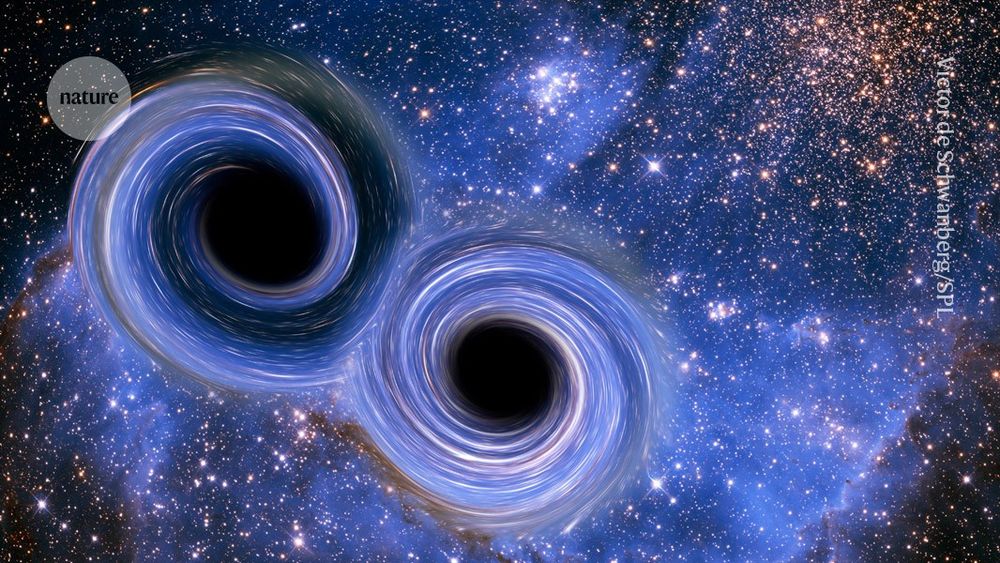arxiv.org/abs/2510.18301

arxiv.org/abs/2510.18301




arxiv.org/abs/2507.21991

arxiv.org/abs/2507.21991
@sabinastro.bsky.social led this nice analysis of HWO requirements to detect Earths + Jupiters.
arxiv.org/abs/2507.21443

@sabinastro.bsky.social led this nice analysis of HWO requirements to detect Earths + Jupiters.
arxiv.org/abs/2507.21443
Me to 3 yo: Nico, do you like black holes?
3 yo: No, I like YouTube.
Hubby: well, that's kinda a hybrid black/white hole: light comes out but no information 🤣
Happy #NerdyTuesday! 🧪
@philip-armitage.bsky.social

Me to 3 yo: Nico, do you like black holes?
3 yo: No, I like YouTube.
Hubby: well, that's kinda a hybrid black/white hole: light comes out but no information 🤣
Happy #NerdyTuesday! 🧪
@philip-armitage.bsky.social
arxiv.org/abs/2506.11200

arxiv.org/abs/2506.11200
Y'all, please repost and help me out, this is serious stuff
Y'all, please repost and help me out, this is serious stuff
arxiv.org/abs/2504.07182

arxiv.org/abs/2504.07182
arxiv.org/abs/2504.06332

arxiv.org/abs/2504.06332


